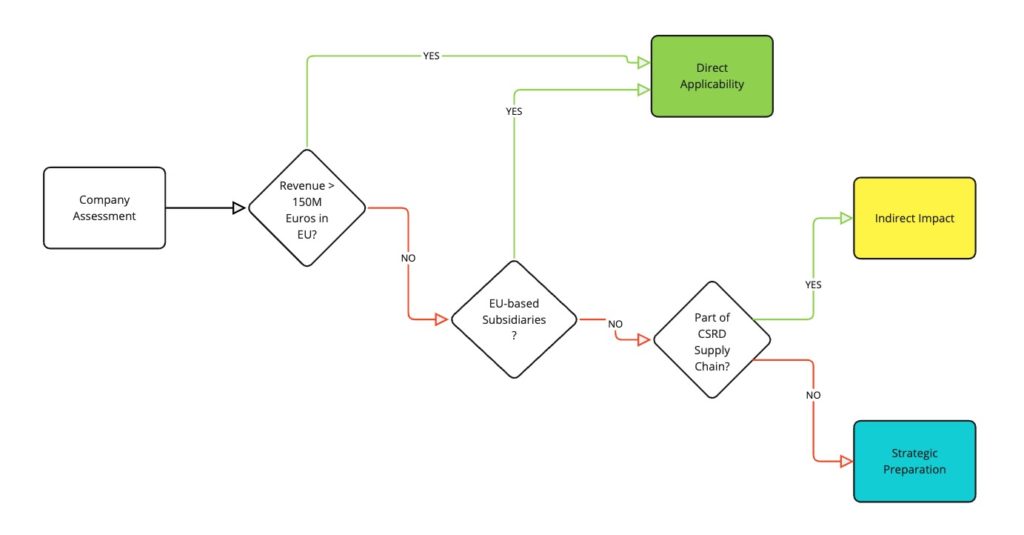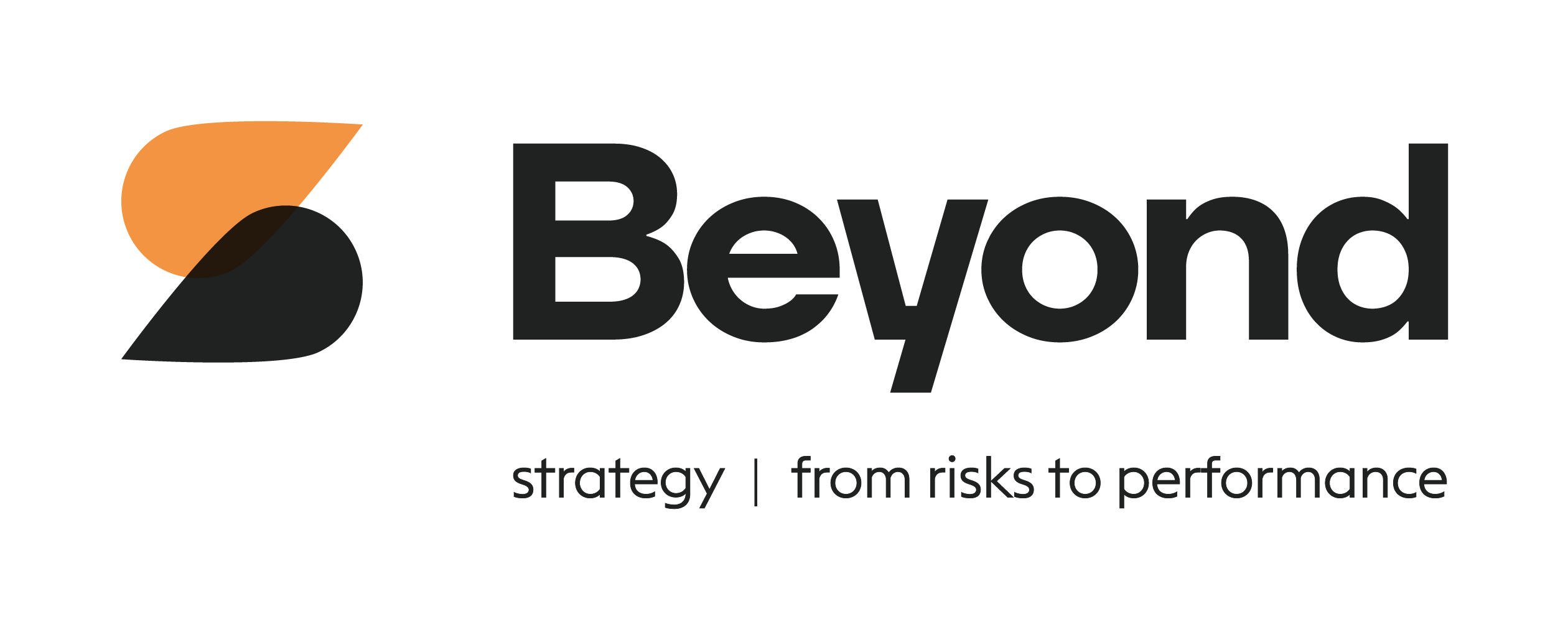We understand. Another EU directive is coming, and you’re probably thinking, “Do I really need to care about this?” Well, if you’re running a business in Switzerland, the answer is probably yes – and hopefully this article will help you understand why.

Understanding CSRD’s Reach
When the European Union adopted CSRD in December 2022, it fundamentally changed how companies approach sustainability reporting. Think of it as upgrading from basic environmental reporting to a comprehensive framework that places Environmental, Social, and Governance (ESG) factors on equal footing with financial disclosures.
Consider the experience of a Swiss manufacturing CEO we recently spoke with: “We initially thought EU regulations wouldn’t affect us directly. Then our German distributors started requesting detailed sustainability data, and suddenly CSRD became our top priority.”
“We initially thought EU regulations wouldn’t affect us directly. Then our German distributors started requesting detailed sustainability data, and suddenly CSRD became our top priority.”
Are You on the CSRD Hook?
Swiss companies typically fall into three categories regarding CSRD compliance:
- Direct Applicability: Companies generating over 150 million euros in EU revenue or maintaining EU-based subsidiaries exceeding certain threshold.
- Indirect Impact: Organizations within the supply chain of CSRD-compliant companies
- Strategic Preparation: Companies positioning themselves for future sustainability requirementscomprehensive disclosures as their needs grow—making VSME scalable over time.

The Real Talk About Impact
Let’s examine how Swiss companies are adapting to these new requirements. Nestlé, for instance, has integrated sustainability governance at the board level, while Givaudan’s “A Sense of Tomorrow” program demonstrates how companies can proactively embrace comprehensive sustainability reporting.
For smaller enterprises, the impact is equally significant. A mid-sized textile supplier in Lausanne recently restructured their data collection processes to meet their EU clients’ sustainability reporting requirements—an investment that’s already paying dividends in terms of strengthened client relationships.
The Numbers That Matter
Understanding the financial implications helps in planning your CSRD compliance strategy. According to estimates, the main numbers are:
| Cost Type | Amount (CHF) | What It Means For You |
|---|---|---|
| Average Report Cost | 100,000 | Your basic sustainability report |
| Audit Costs | 113,000 | Getting that report verified |
| Systems Integration | Variable | Improved operational efficiency |
| Training & Development | Company-specific | Long-term organizational capability |
Making This Work For You (Without Losing Your Mind)
A systematic approach to CSRD compliance involves several key components:
- Assessment: Evaluate your current position relative to CSRD requirements
- Gap Analysis: Identify areas requiring enhancement
- Systems Development: Implement robust data collection and management processes
- Team Development: Build internal capabilities across departments
- Strategic Integration: Embed sustainability into core business processes

Looking Ahead: The Swiss Response
Switzerland is actively aligning its regulatory framework with CSRD through proposed amendments to Article 964 of the Swiss Code of Obligations. These changes will affect companies meeting specific thresholds: 250 full-time employees, 50 million francs in sales, or 25 million francs in balance sheet total.
The Swiss approach maintains some flexibility, allowing companies to choose between different reporting standards (ESRS, ISSB, GRI) while ensuring alignment with international best practices. This adaptability helps Swiss companies maintain their competitive edge while meeting global sustainability standards.
Simplifying CSRD Compliance
While CSRD implementation may seem daunting, technological solutions are emerging to streamline the process. Beyond-CSRD, developed by Beyond Strategy, offers a comprehensive solution for managing CSRD compliance efficiently. Our platform simplifies sustainability reporting by providing tools specifically designed to meet European Sustainability Reporting Standards (ESRS).
The Beyond-CSRD platform helps organizations:
- Create ESRS-compliant reports efficiently
- Transform sustainability data into actionable insights
- Integrate sustainability metrics into strategic planning
- Maintain transparency and accuracy in ESG reporting
The Bottom Line
CSRD compliance represents more than just a regulatory requirement—it’s an opportunity to strengthen your market position and contribute to a sustainable future. With the right tools and strategic approach, Swiss companies can turn this challenge into a competitive advantage.
For more information about simplifying your CSRD compliance journey, visit our website or schedule a consultation to learn how our tools can support your sustainability reporting needs.



